
Puncture shop owner and his helper.
Thane Photowalk
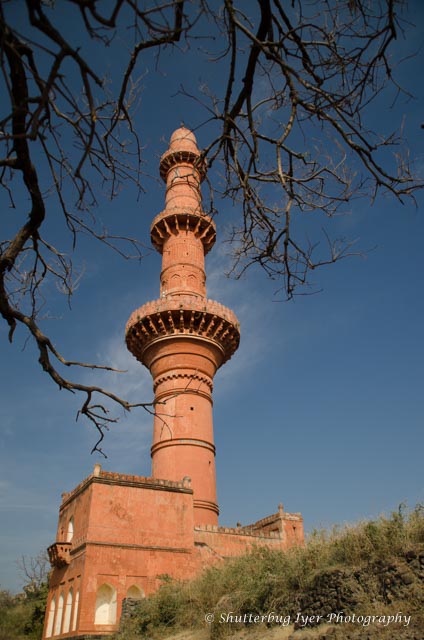
Daulatabad or Devagiri was established in the 12th Century CE by the Yadavas. The present fort was built in 13-14 C.CE. It is 16 Km from the present day Aurangabad in Maharashtra.
The Chand Minar stands tall inside the Daulatabad Fort. It is 210 feet high and is about 70′ in diameter at the base. It was built in 1445 by Alauddin Bahmani to commemorate his conquest of the fort. Originally it was covered with Blue Persian tiles.
Most of us know Aurangazeb as a tyrannical and bigoted emperor who tortured and killed his family members, suppressed non-Muslims,fought many unnecessary wars which drained the exchequer. He is also known as the one who paved the way for the decline of the Mughal Empire.
But how many of us know the ‘softer’ side of this emperor? I have read in my school history book that Aurangazeb used to stitch caps and transcribe by hand copies of the Koran to sell anonymously to earn money for his burial and tomb.
The remains of the mighty emperor who lorded over the sub-continent for about five decades lie in a modest tomb in a non-descript town of Khuldabad, about 30 kilometers from Aurangabad.
Aurangzeb died in Ahmednagar(1707 C.E.), but he had a desire to be interred near the tomb of his Islamic guru, Sayyad Zainuddin Shirazi at Khuldabad.
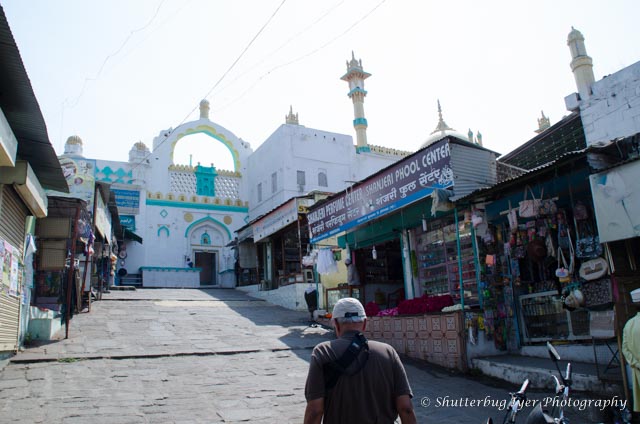
Originally, his tomb was open and on all sides. Lord Curzon directed the then Nizam to put up marble panels all around. The top is still open to the sky.
A blind caretaker Sheikh Hakim was at the site when I visited and was most helpful.
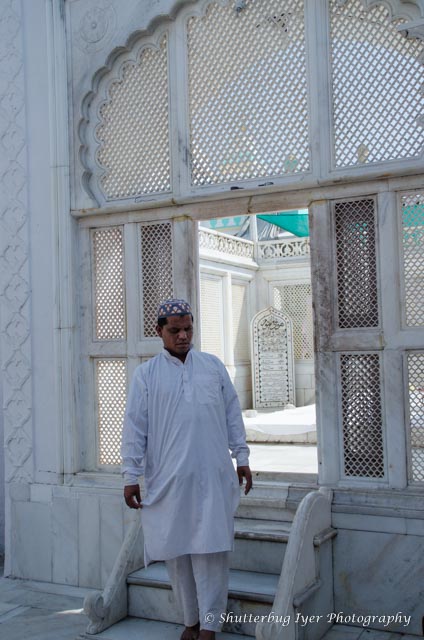
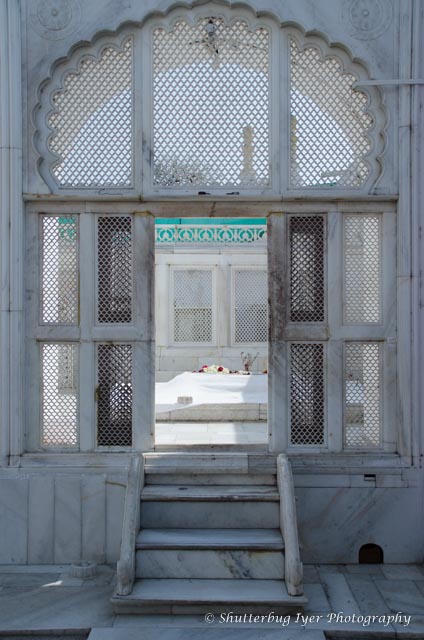 Aurangazeb’s son and his wife are also buried near the emperor’s tomb and Zainuddin Shirazi’s dargah is just behind. Behind the dargah there is a small room which is believed to house the robes of the prophet.
Aurangazeb’s son and his wife are also buried near the emperor’s tomb and Zainuddin Shirazi’s dargah is just behind. Behind the dargah there is a small room which is believed to house the robes of the prophet.
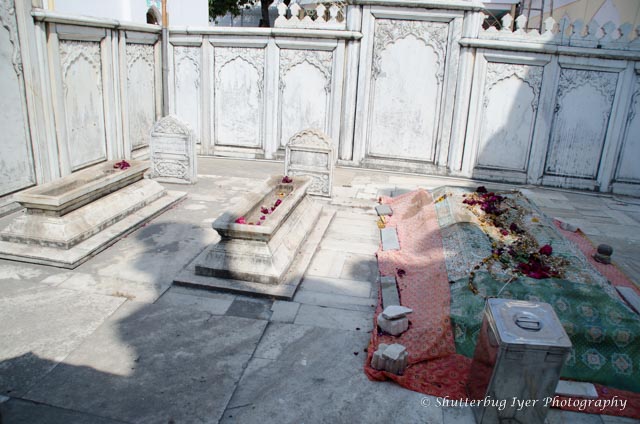
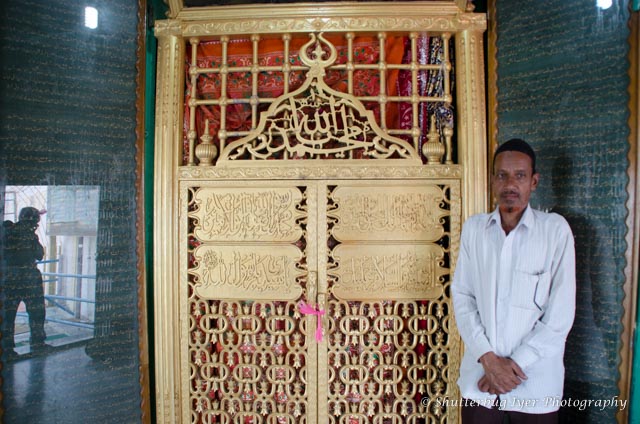
Across the narrow and busy street is the dargah of Sayyad Burhanuddin another notable teacher. The tomb of the first Nizam is also in this complex.
The whole complex is devoid of any visual or architectural attraction but it stands as a testimony to the frugality of a mighty emperor who hailed from a dynasty which took pride in building grandiose monuments and tombs.
I came across the word ‘Darwaza’ when I entered IIM, Ahmedabad in 1969.The city’s Lal Darwaza and Teen Darwaza were commercial centres as well as traffic hubs. I knew little about their historical significance.
During my summer job in Delhi in 1970, I became familiar with Ajmeri Gate and Kashmiri Gate and also Lahori Gate and Delhi(!) Gate. In fact, I was staying in a college hostel right on Ajmeri gate not far from the seamy quarters of this historical city.
Historically, these darwazas or gates have been integral parts of the fortified medieval cities. They aided in security and defence and also in collecting taxes and tolls.
In term of number of gates, Aurangabad tops the list with 52 gates. Of these 52, only 10 or 12 remain today. I could see and capture in my camera 5 or 6 of these during my visit last month.
The original name of the city was Khadki. it was the seat of power of Malik Amber, the Prime Minister of Murtaza Nizam of Ahmednagar. Some of the earliest gates (Bhadkal?) were built by him. His son who succeeded him renamed the city Fatehnagar. When the Mughals captured the city Aurangazeb was made the Viceroy by the Shah Jahan. Auraganzeb renamed it after himself – Aurangabad.
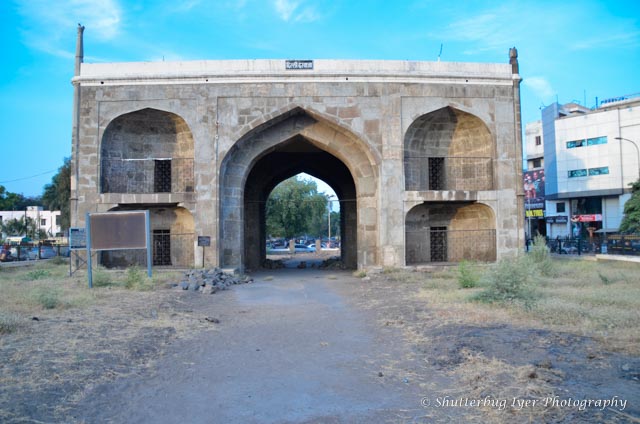
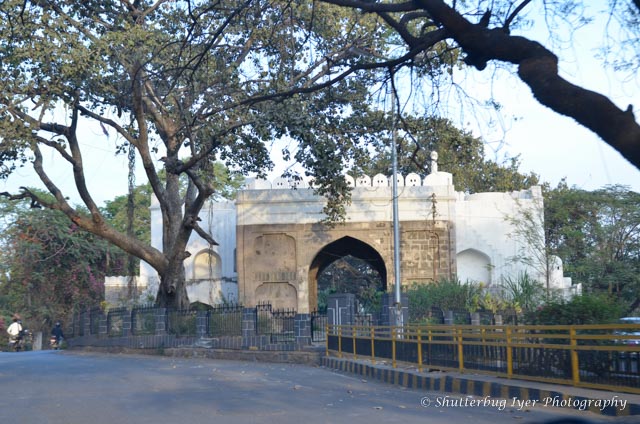
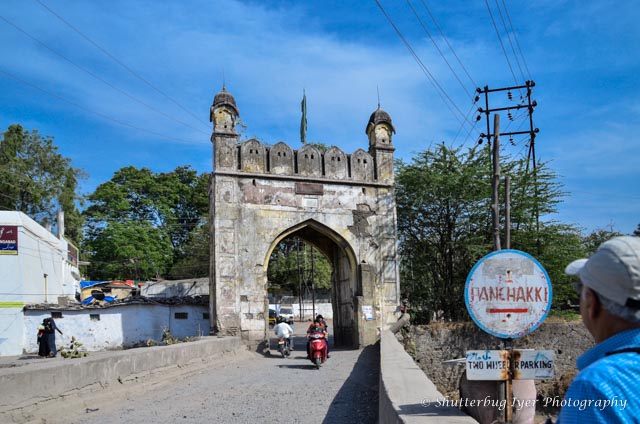
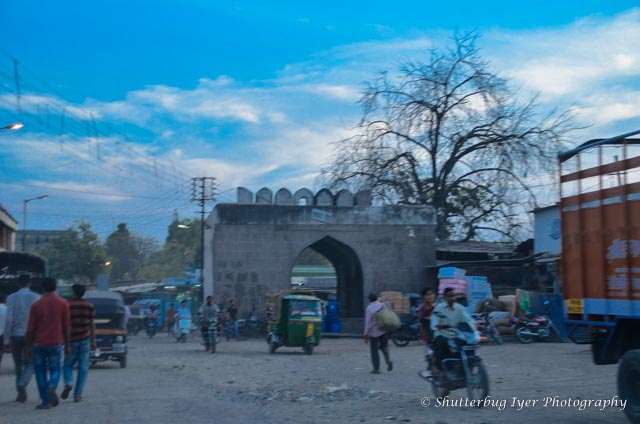
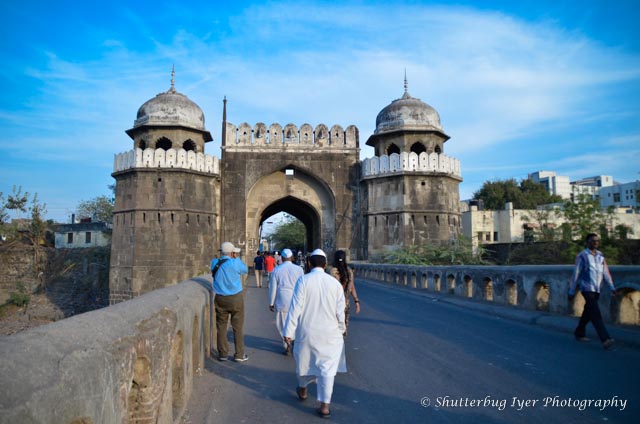
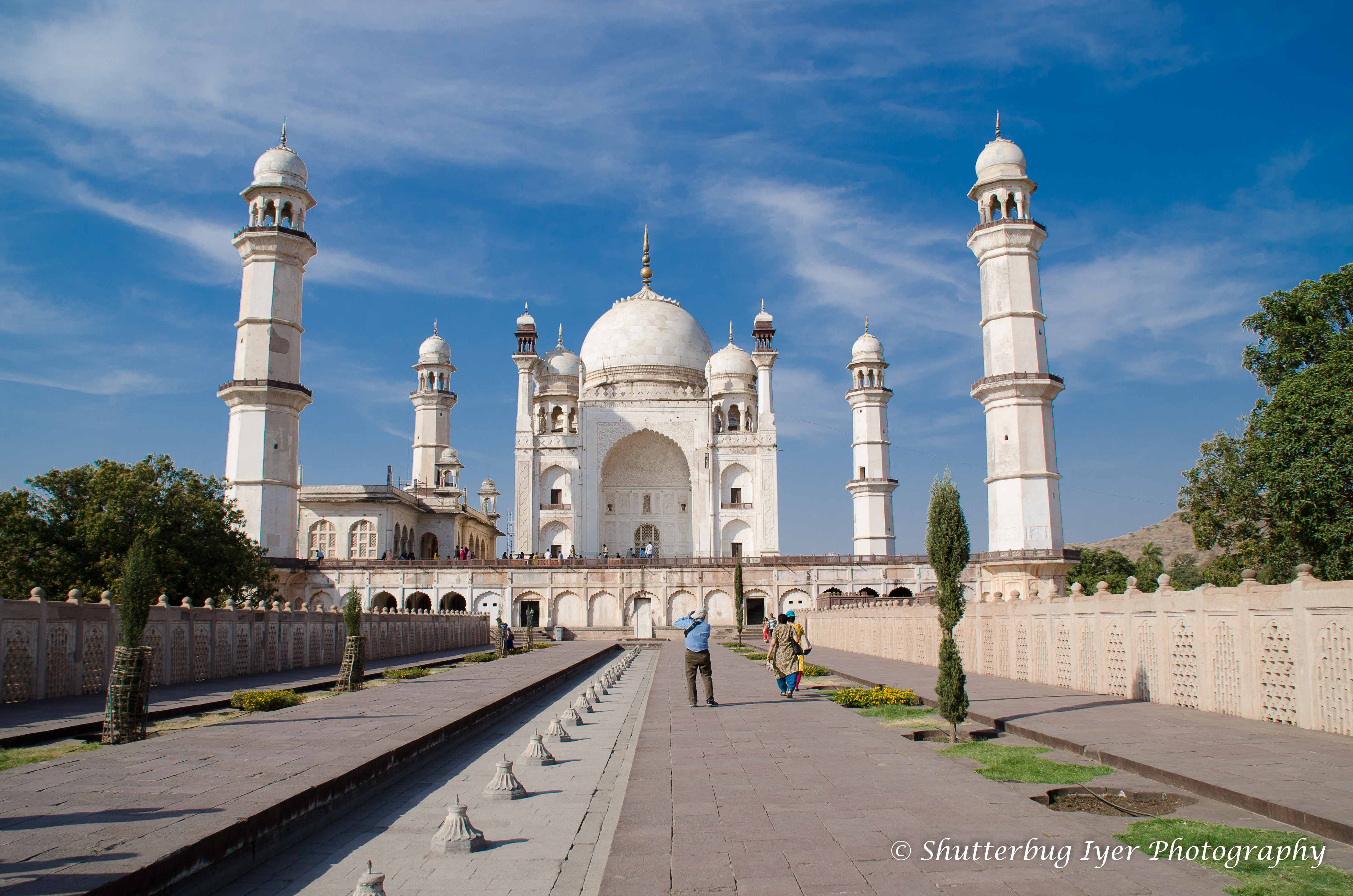
The Bibi ka Maqbara was built by the son of Aurangazeb, Azam Shah, in memory of his mother. Aurangazeb was never keen on building monuments and he was also stingy. He sanctioned only Rs.7 lakh for this project.The son finished the project in about 6,68,000 Rupees (cf. Taj Mahal Rs 320,00,000) . Only the domes and doors are made of marble. A lot of it is brick and lime mortar with eggshells.
The monument resembles Taj but it is clear that it is an imitation. Yet it is worth a visit.